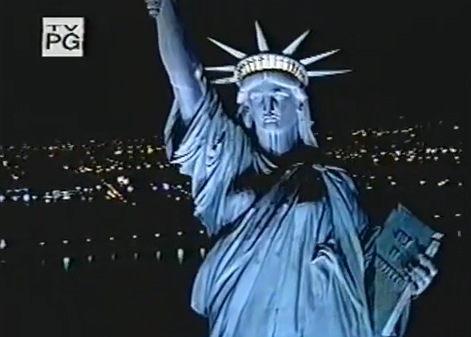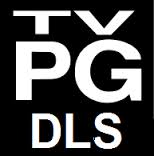Remember those care free days of elementary school and those giant, yet great, smelling markers that we all had to color a zillion pictures with? I was walking through Staples the other night and was shocked to find that they’re for sale!
Mr. Sketch markers were first introduced in 1965 and are manufactured by the Sanford office corporation. Sold in packs of 4, 8, 12, and 18, each color features a different fruit smelling tip that kids love to color with. Not only does the marker smell, but so does the ink on the paper! It’s much better than those stinky giant markers that smell like pure gasoline and stain your fingers black. (The only people who love those are the feds, blacking out documents…)
I remember the four pack featuring red (cherry), yellow (lemon), green (mint), and blue (blueberry). When my elementary school had the budget, they would purchase the 8 pack which also contained orange (orange), purple (grape), brown (cinnamon), and black (licorice). Everybody used to get excited in class when we had to color a picture with those big fat markers. We weren’t a Crayola marker school; we were a Mr. Sketch scented marker school! And we were all sniffing these markers left and right!
I was even more surprised to find they now feature a whopping 18 colors and flavors!
There once was an urban legend that says the government put a stop to their manufacture over fears that kids were sniffing them too much, which turns out not to be true.
Now, I don’t color with markers, anymore… but seeing those back in the store brought back some great memories. I was always tempted to taste the flavors, but was more worried about walking around with a big blue streak on my tongue! I’m sure many kids tried, anyway!
Let’s just be glad these things were non-toxic, right? At least that’s what they had pasted all over the box!
It turns out, they were out of production for a while, but now they’re back with a blast — Literally. A new commercial I just spotted on TV, which is the first advertising for the markers in two decades, features farting fruits that supposedly demonstrate how they get the scent in the marker. Genius.
http://youtu.be/xogtneVeflI
It looks like they’re back and here to stay. Here’s to the next generation of kid artists that can get a smell up on their peers!
THE 411
Name: Mr. Sketch markers
What: water color markers with fruit smells
Introduced: 1965
Manufacturer: Sanford
Available: 4, 8, 12, and 18 packs
JERSEY JOE RECOMMENDS
I used to love these things and wouldn’t mind coloring a few drawings right now with these. Now that they are back, I hope they become as big of a hit with today’s kids as they were with us!
AND NEXT WEEK — Get ready to see KICKING BACK WITH JERSEY JOE in a whole new way! My blog’s going video!
You’ll get to SEE the fun, so don’t miss my VIDEO PREMIERE – right here, starting next Thursday!










